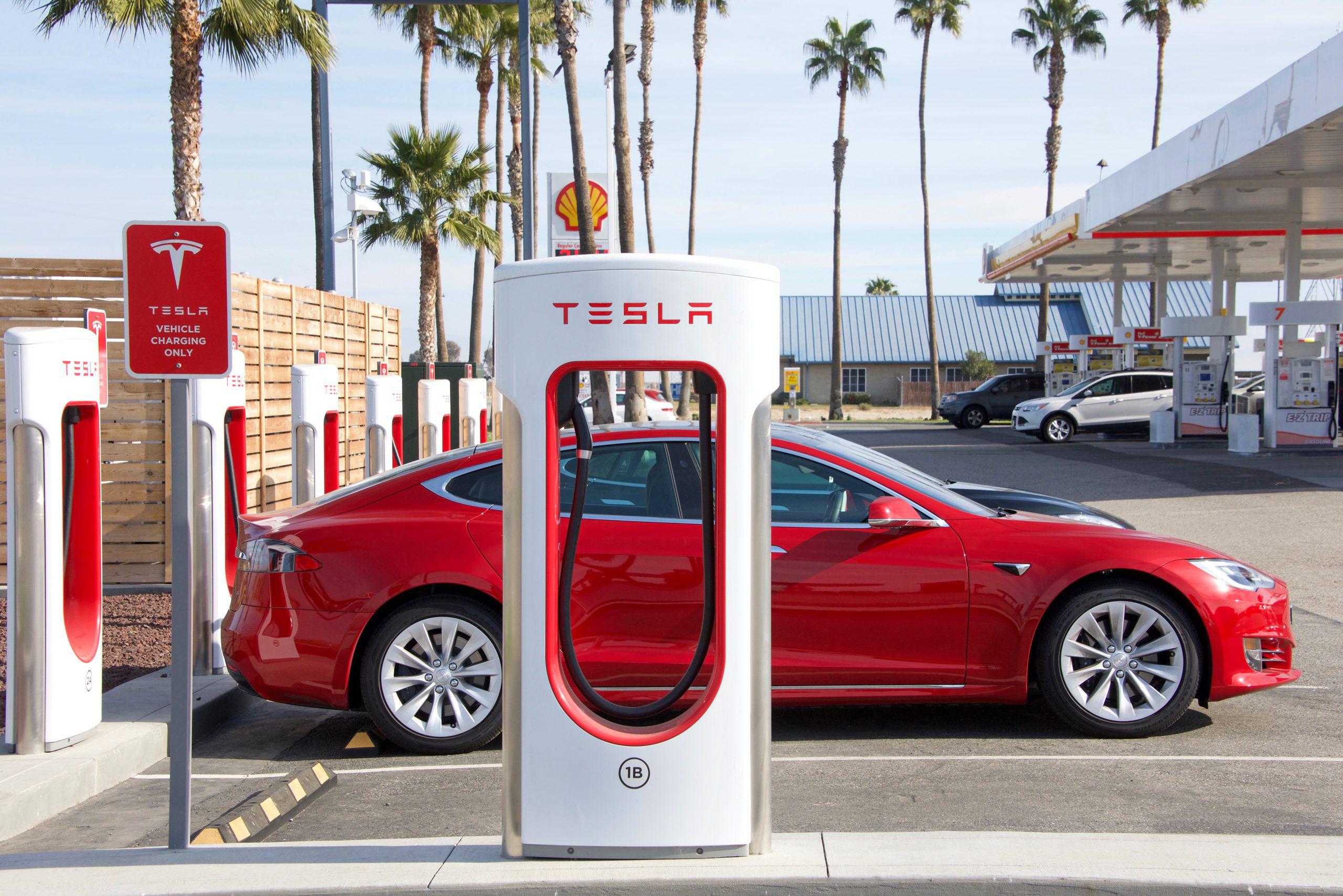
As the automotive giant Tesla accelerates the production of its Model Y SUV at its sprawling Austin facility, a series of environmental missteps has cast a shadow over its ambitious expansion plans. Despite being a leader in electric vehicle technology, Tesla’s commitment to environmental regulations has come under scrutiny, especially under the leadership of its CEO, Elon Musk.

Regulatory Scrutiny and Internal Concerns
Documents obtained by The Wall Street Journal, including emails between Texas regulators and Tesla, as well as insights from former employees, reveal a troubling picture. Despite being aware of these issues, Tesla allegedly prioritized production speed over environmental compliance, at times opting for quick fixes rather than sustainable solutions.
Former Tesla employees have expressed concerns about the company’s environmental practices, fearing job losses if they highlighted potential hazards. This culture, reportedly fostered by Musk himself, seems to have contributed to a broader pattern of regulatory challenges across his companies.
Musk’s Broader Regulatory Battles
Elon Musk, who recently took on a significant role in a new government department focused on deregulation, has been vocal about his disdain for what he considers excessive regulations that hinder business progress. His stance raises questions about how his influence might affect regulatory bodies like the Environmental Protection Agency (EPA), especially given Tesla’s repeated run-ins with environmental regulations.

In California, Tesla’s Fremont plant has amassed a significant number of air pollution warnings, trailing only behind a Chevron refinery for the most citations in the state over a five-year period. The facility has been criticized for failing to repair equipment meant to control emissions, repeatedly violating air-pollution permits.
The Path Forward for Tesla and Environmental Compliance
As Tesla continues to expand, the company faces a critical juncture. It must balance its innovative drive and rapid growth with a commitment to environmental stewardship and regulatory compliance. The recent scrutiny by regulators, highlighted by numerous violations and fines, suggests a need for a more robust environmental strategy.
The situation at the Austin plant, with its high-profile issues and internal whistleblowing, underscores the challenges Tesla faces. As the company aims to lead the electric vehicle market, it also bears the responsibility to set standards in environmental protection and ethical business practices.

Tesla’s journey in Austin reflects a broader narrative about the complexities of innovation, regulation, and environmental responsibility in today’s corporate world. As Tesla strives to redefine transportation with its electric vehicles, it also faces the imperative to navigate the regulatory landscape responsibly. The outcome of these challenges will not only affect Tesla’s operational success but also its reputation as a leader in sustainable technology.
